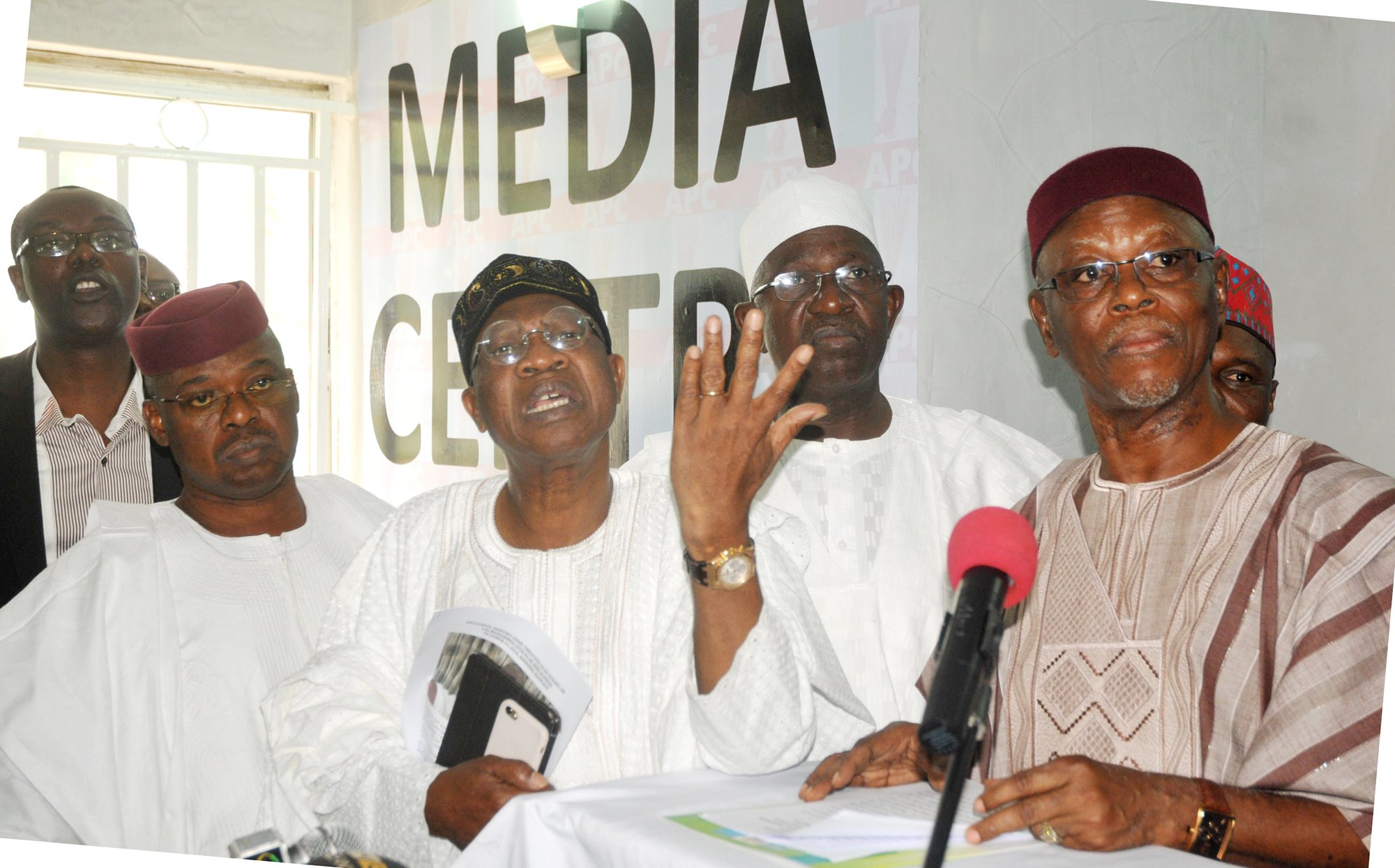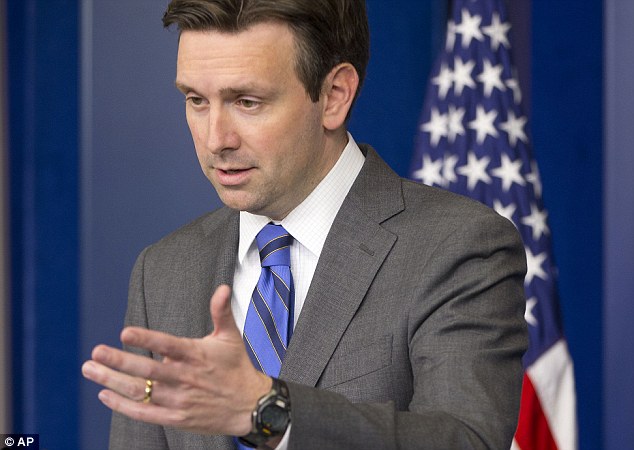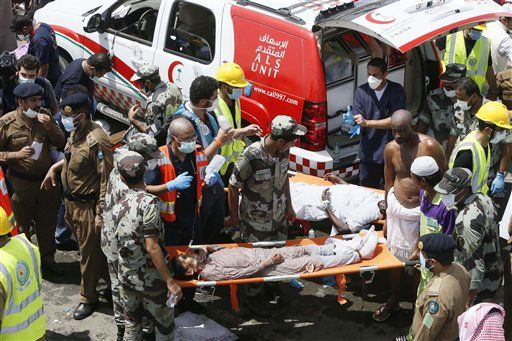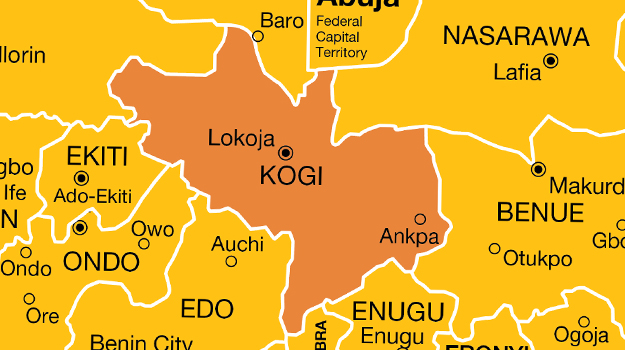This year’s Hajj exercise, which ended a few days ago, witnessed incidents with devastating consequences which led to the death of over a thousand pilgrims who had gone to the Holy Land to undertake one of the main pillars of Islamic faith.
The latest, which occurred last Thursday (Eid Day), saw more than 700 people killed in a stampede in Mina, just outside Mecca, where the symbolic “stoning of the devil,” the last major rite of the pilgrimage, takes place. Less than two weeks previously — on Sept. 11 — tragedy struck at the Grand Mosque in Mecca, just two weeks before the Hajj was to begin. Ferocious winds caused a huge construction crane to collapse and crash into the mosque, killing at least 111 worshipers and injuring nearly 400.
The Hajj is an annual Islamic pilgrimage to Mecca that is a mandatory religious duty for Muslims. It must be carried out at least once in the lifetime of all adult Muslims who are capable of undertaking the journey. The Hajj is considered one of the largest annual gatherings of people in the world. The date of the Hajj is determined by the Islamic calendar, which is a lunar year. This year’s Hajj took place from September 22 to 26.
One of the other more recent disasters occurred on January 12, 2006. At least 340 people were killed and 290 injured in a stampede that started when a busload of pilgrims unloaded near a ramp to the Jamaraat Bridge. Pilgrims began tripping over luggage, which resulted in a deadly crush of people rushing to carry out the devil-stoning ritual in Mina. About 2.5 million people from around the world participated in the Hajj that year. In the devil-stoning ritual, Muslim pilgrims fling pebbles at three walls in Mina. It is one of a series of ritual acts that must be performed in the Hajj. After the 2006 incident, the Jamaraat Bridge and the pillars representing the devil were demolished and reconstructed. A wider, multilevel bridge was built with massive columns. Each level of the bridge now allows easier and safer access to the columns representing the devil.
Advertisement
In other tragic incidents to occur during the Hajj, on February 1, 2004, a stampede at the devil-stoning ritual left 251 pilgrims dead and 244 injured. On February 11, 2003, fourteen pilgrims died during the devil-stoning ritual. On March 5, 2001, a stampede at the devil-stoning ritual resulted in the deaths of 35 pilgrims. Similarly, on April 9, 1998, at least 118 pilgrims were trampled to death and 180 injured on the Jamaraat Bridge. On May 23, 1994, a stampede at the devil-stoning ritual killed at least 270 while on July 2, 1990, a stampede inside a pedestrian tunnel leading from Mecca resulted in the deaths of 1,426 pilgrims. In 1987, 400 people died as Saudi authorities attempted to quell pro-Iranian demonstration in the Holy city.
The rising number of Muslim middle class in the world has made the journey to hajj attractive and affordable. However, risks such as fires and stampedes are amplified by the fact that Hajj is a physically demanding exercise, and a number of those who undergo it are elderly or otherwise at increased risk in case of emergency. Also, the high concentration of people makes spread of infectious diseases a real threat. The exercise entails some of the world’s most important public-health and infection control programme.
Though one of the cardinal beliefs in Islam is to accept all things as destined by Allah (Qadr), a close observation of the tragedies showed that they were all avoidable. The Saudis have been commended over the years for their near-efficient organization, but we cannot simply gloss over the number of deaths and assumed the tragedies were destined to happen. The world must put enough pressure on the Royal family to mete out appropriate sanctions to all Saudi institutions whose laxity may have led to the deaths.
Advertisement
By observing from afar, one cannot fail to question the rationale behind ongoing construction work during Hajj. Contractors may be under obligation to meet construction deadline, but safety concerns should have made them suspend all works until after the three million pilgrims depart. The last time I was in Saudi Arabia, in July during Umrah, I couldn’t help but complain at how the work affected the smooth transition between various points in the Grand Mosque in Mecca. In addition, I see no reason why the Saudi authorities could not link all the various holy sites by subway train. The subway train, coupled by total control of millions of Saudi citizens who just hop on their ihram to join the Hajj procession, will, in my opinion, solve the traffic problems and reduce the risk of stampedes. The popular trips by buses have outlived their usefulness.
All that the Saudis need to do is to realize and act on the premise that Muslims come from all corners of the world to spend their savings, and in turn provide needed cash for the Saudi economy. They deserve better treatment. As stated above, they have done a lot over the years to better manage the Hajj, but compared to the technology and know-how that is available today, the current Hajj management is extremely unacceptable. Some are of the opinion that many of the Hajj sites need to be modernized. Though this suggestion sounds controversial, others think the number of pilgrims per country needs to be reduced. What is not in doubt though, is that the Saudi government needs to find a lasting solution to these tragedies anyhow it can.
The news that a commission has been set up to advice on the modalities for organizing a hitch-free exercise in the future is a welcome development. But the Saudis must realize that on the matter of Hajj, the input of all Muslim countries must be sought. The internationalization of the Hajj endeavour has made it imperative for all Muslims to make input into how one of the cardinal aspects of their faith is organized. It is beyond Saudi Arabia. It is now a problem for all Muslims.
As at the time of writing this piece, news has been trickling in about Nigerian casualty in the tragedy. Respected scholar Professor Tijjanu Almiskin, along with Hajiya Bilkisu Yusuf, have been reported dead. I hope officials of the National Hajj Commission will handle the matter with utmost transparency. If anything happened to any Nigerian, families back home deserve to know the truth about what happened to their loved ones. Only the truth will console them in their moments of grief. Our prayer is for God to bless the soul of the departed.
Advertisement
Imam is a Sokoto-based journalist
Add a comment







